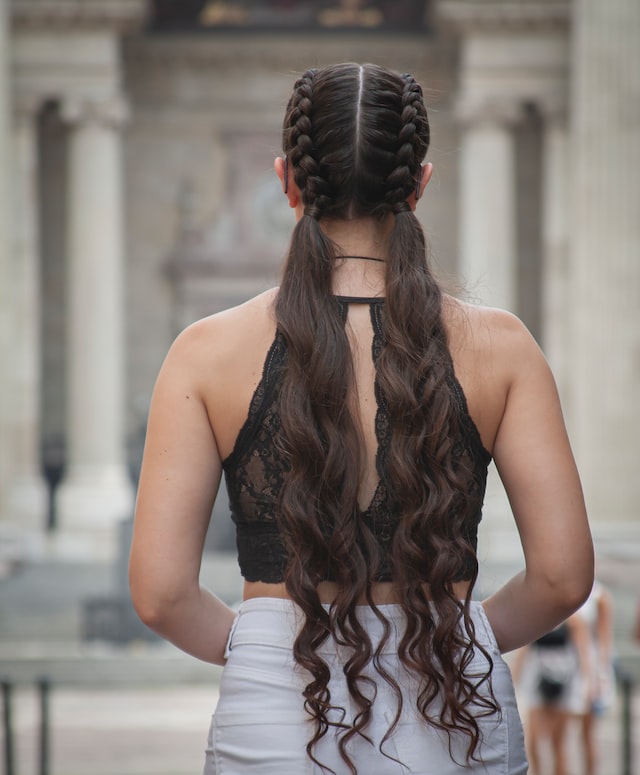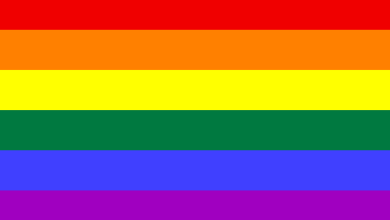African Hairstyles’ Social Importance and Spiritual Significance

African development had wide range of hairstyles. They had representative haircuts on account of ancestral practices.
African hairstyles and among African Americans are steadily changing, yet well established in a common past.
Styling in Africa is consistently crafted by confided companions or family members.
In addition to the amiable social aspects of the event, the hair, in the hands of an enemy, could become an ingredient in the production of a dangerous charm or “medicine” that would injure the owner.
Ask practically any black woman and she will presumably let you know that her relationship with her hair is like a love affair.
Whether it’s the extended periods spent at the saloon, the pain endured from pressing or braiding, or how much cash spent.
Different African societies esteem the hair

in Black culture hair is very critical and frequently inseparable from personality.
What’s more, numerous people, like Don King, Bob Marley, and Angela Davis have utilized their hair to say something.
The Black culture frequently take the importance and upkeep of the hair to another level. Be that as it may, this isn’t of our own will.
As a matter of fact, the significance of hair in the Black people can be followed back to our African ancestors.
Social Importance

“In the mid fifteenth hundred years, hair filled in as a transporter of messages in most West African social orders” (Tharps and Byrd 2001).
These Africans- – residents from the Mende, Wolof, Yoruba, and Mandingo — were completely moved to the “New World” on slave ships. Inside these networks, hair frequently communicated age, marital status, ethnic personality, religion, riches, and rank locally.
African hairstyles could likewise be utilized to recognize a geographic district. For instance, in the Wolof culture of Senegal, little kids to some extent shaved their hair as an outward image that they were not courting.
“Furthermore, the Karamo nation of Nigeria, for instance, were perceived for their extraordinary hairstyles — a shaved head with a solitary tuft of hair left on top.”
Likewise, bereaved women would quit taking care of their hair during their time of grieving so they wouldn’t look alluring to different men.
Stylish Importance
Similarly as the social meaning of hair was significant, so was its stylish allure. Sylvia Ardyn Boone, an anthropologist who has practical experience in the Mende culture of Sierre Leone, “West African people respect a fine head of long, thick hair on a woman.
A woman with long thick hair demonstrates the life force, the multiplying power of profusion, prosperity, a ‘green thumb’ for bountiful farms and many healthy children” (Tharps and Byrd 2001)
However, there’s more to being beautiful than having long braids.
One’s hair likewise must be neat, clean, and organized in a specific style. These styles included, however were not restricted to, cornrows, and other braided styles.
They likewise decorated the hair with adornments, for example, dabs and cowrie shells.
Also Read: Black Kings And Black Queens Who Ruled Parts of Europe For Almost 700 Years
Spiritual Significance of African Hairstyles
Similarly as hair was raised for social and tasteful reasons, its spiritual association additionally uplifted its importance.
Numerous Africans believed the hair is a method for communication with the Divine Being. Mohamed Mbodj, an academic partner of history at Columbia University and a local of Dakar, Senegal, “the hair is the most elevated part of your body, and that implies it is the nearest to the divine.”
Consequently, many thought communication passed through the hair.
Many believed a single strand of hair could be used to cast spells or inflict harm. This explains why hairdressers held and still hold prominent positions in African communities.
Like galaxies, our hair grows in a spiral pattern, Like trees, our hair grows toward the sun:
The reason our hair grows in a spiral pattern is to give us a stronger connection to the universe and to the world around us… pic.twitter.com/RCHmc4UFoA
— Sabelo ka Lindamkhonto vi (@SabzerAzoh) April 1, 2022
Harming Effects of the Slave Trade

As the investigation of American history has uncovered, the slave trade incurred actual harm, however it additionally left mental scars.
The most crushing scar is the slave self-image that is still reflected today.
This is particularly obvious as it connects with hair and skin tone. As the two of them turned into the system for deciding race.
Slave proprietors frequently depicted the Africans’ hair as being “wooly”, consequently comparing them to animals.
These different terms would later be utilized to legitimize the coldhearted treatment of the slaves.
After years of repression and constantly seeing those with “straight hair” and “light skin” afforded better opportunities, the slaves began to internalize these words.
Ultimately, self-hatred began. In an effort to educate others about black hair and to celebrate its diversity.
Tribal African Hairstyles
This hairstyle is styled by different decorations: cowries, dots, mother-of-pearl buttons, decorations, bits of silver, golden balls, metal rings, and pins of wood, bone or ivory.
In the West African Sahel, the Fulbe and Peul (Fulani) develop noteworthy haircuts.
For purposes to do with wizardry, a man or lady may likewise join special necklaces to specific hair stylings.
The more intricate hairstyles incorporates interlaces, peaks, twists, fountains, chignons, and vertical cornrows.
Through the terms braiding, twisting, plaiting, and reverse braiding are often interchangeably, they actually describe different means of styling the hair.
Once more the range of the hairstyles is clear in the image of a lady and youngster from Biankouma cote d’ivoire (northern Dan).
The lady’s high brow, fixed with a plaits at each side, between the ear and the cheek.
The kid on its mom’s arm has short-managed hair yet additionally a plait turned forward on top of its head.
The hairstyle of the spouse is extremely artful: her high, curved brow is fixed with a progression of plaits that end in the neck, while the highest point of her head is covered with many isolated plaits that are entwined at the back, making a magnificent chignon at the foundation of the neck. The two plaits dive along her face.
The wive’s of the Zande rulers south of Bomokandi wore their hair in a style that, similar to the Mangbetu hairstyles, involved twisting their own hair alongside “unfamiliar” strands looking like a plate.
This hairstyle, call bagbadi, was as a matter of fact a fan-formed hairpiece, ye





